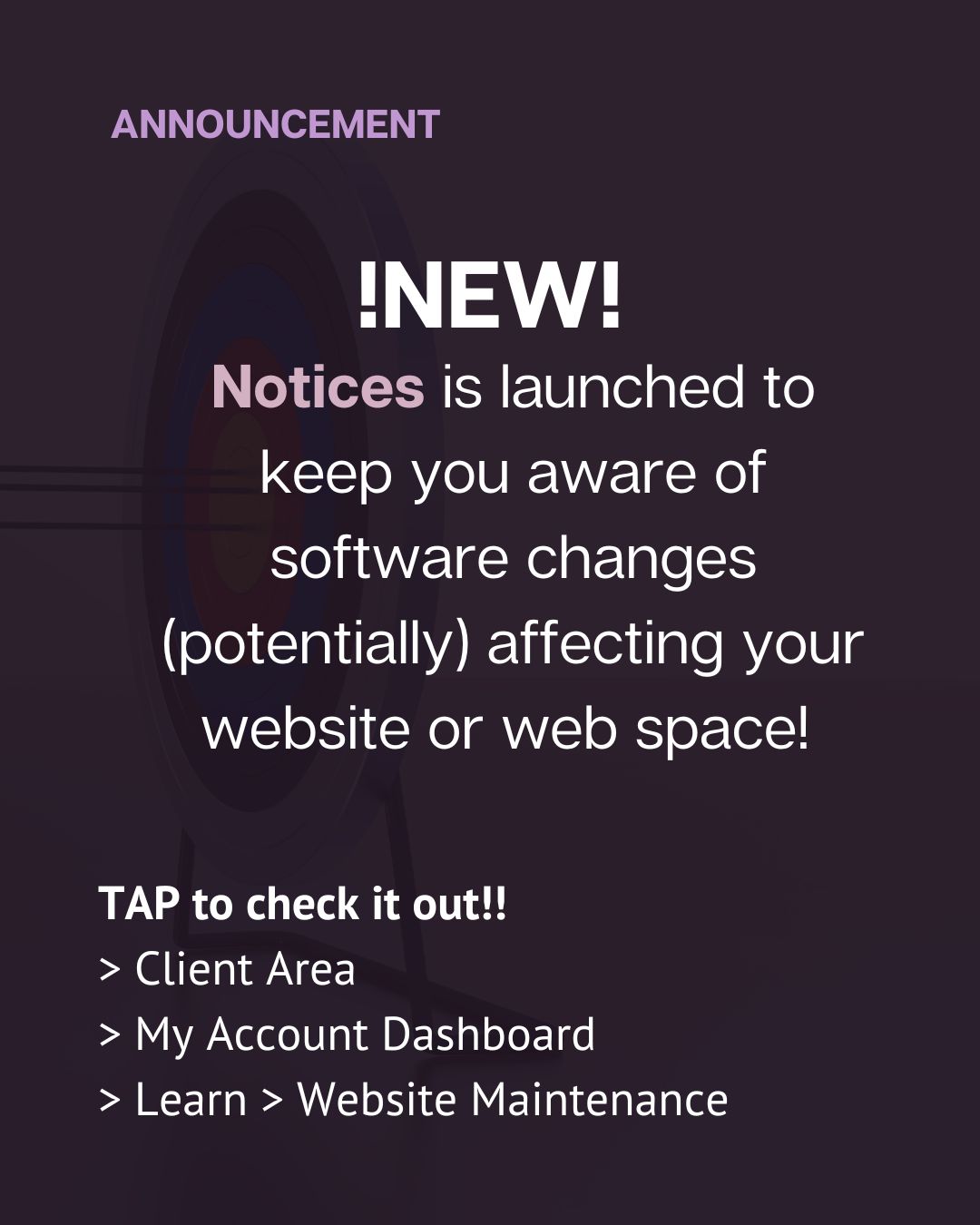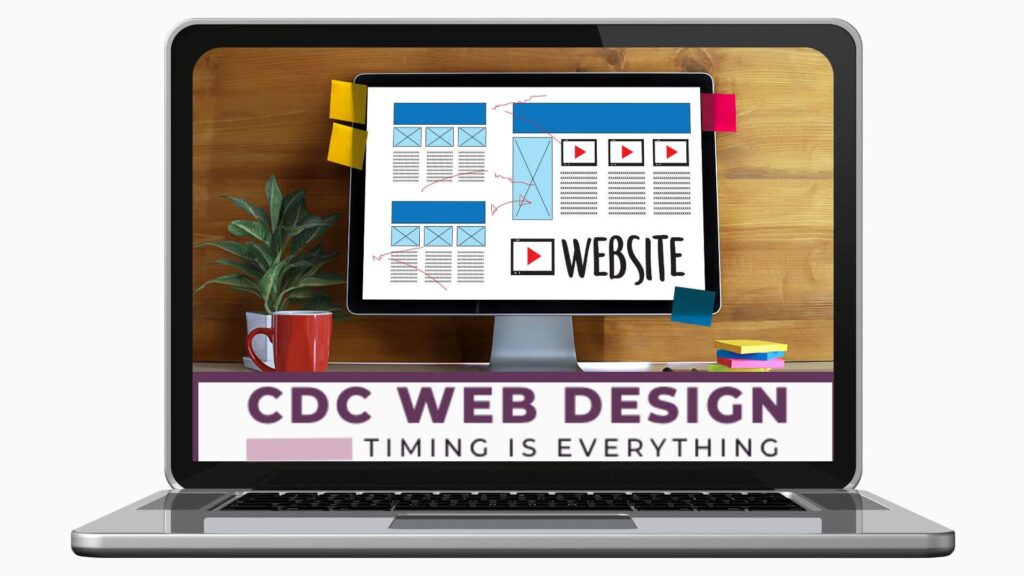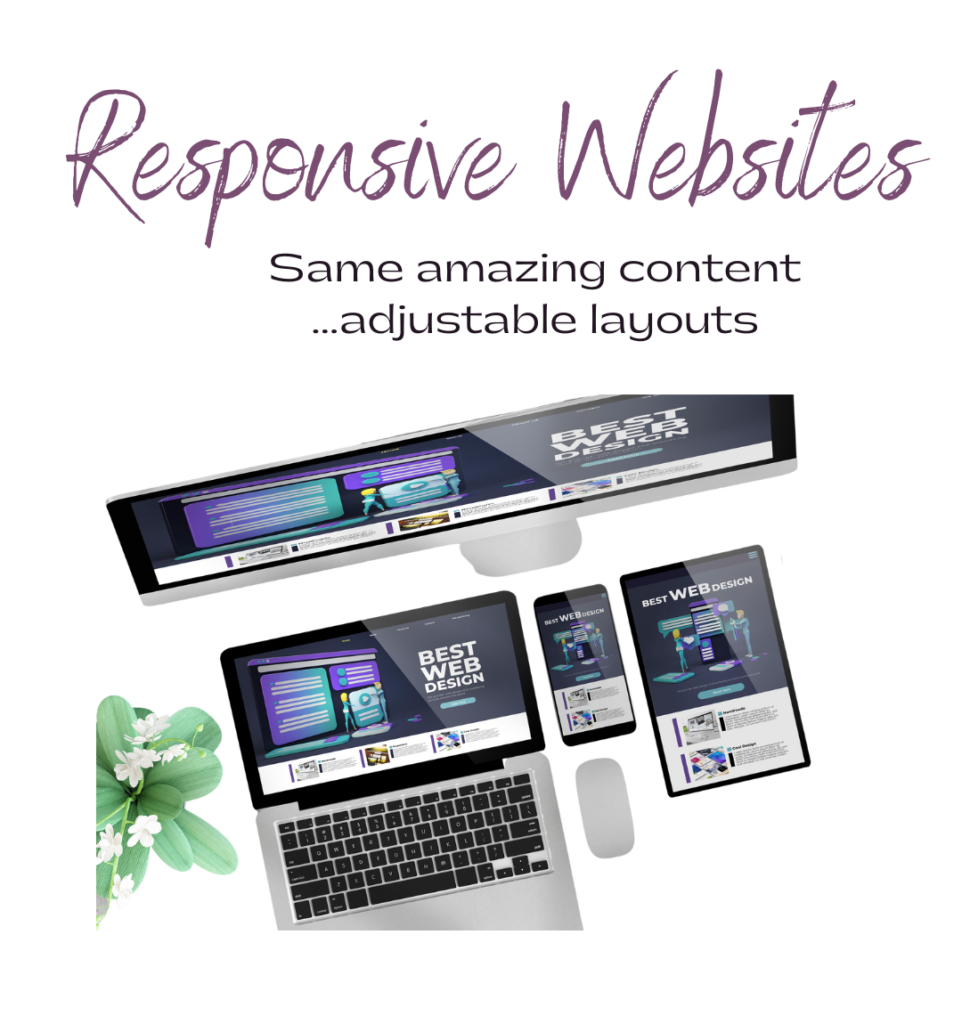A website is collection of pages. Each page has its own function and each of them can be connected to each other using links, menus or short codes.
Website examples are: Facebook, Amazon, this one- caridotcom.biz
Understanding webpages
A webpage is any one of the pages which make up your website. There is no limit to the number of web pages your website can have, however there is a limit to how many web pages your web designer will create for your website (based on your package) as these all require time and scoping.
Web Pages and their purposes
Regardless of what your web pages look like eventually, each one is built to suit the purpose you need, or determined by your web package.
As an example, CDC web Design’s homepage is meant to give you an overview of our skillset, our methodology and our pricing structure for starting services and web build packages.
Our homepage purpose can change at any time. However, changing its purpose would mean redesigning its look, it’s details, even its layout to suit the new purpose.
Web page and redesign
If your website purpose is changing, then your website may be taking on a different look, feel, layout and function.
When your website or webpage functions change, this is considered a redesign. The quickest redesign method is “delete” and “build something else”.
Still, in some cases, changing ONE element of your webpage might mean updating, rearranging, or redesigning back end elements such as menus, attributes, etc.
Therefore web pages are part and parcel of every website, including the back end visual elements.
Web Pages and their types
However, a website can consist of just one page (landing pages are a great example of this).
- A homepage (introducing a website)
- A contact page (sharing contact information)
- An order page (where you enter details and place an order)
- A log in page (where you and others log into a created profile on the website)
- A sale page (usually where all products on sale are listed, but can also be an information page – informing about in-store sales to come).
Sections and their part in web pages
Every web page has sections. Some can be easily determined by looking at the website from the front end. In truth the surest way to know – is to have this information shared with you by its designer.
There are no set sections which a web page MUST have. Sections are determined based on the overall function (and content) of the website (that is based on its purpose)
Some websites have pages with multiple sections. Such as- a support page with a section for “contact info” and a section for “about the business”.
This means, as you request a new page or are planning the design of your page, these need to be shared sooner rather than later. When all the pieces have come together to meet a purpose, any changes are considered a redesign. In some cases it may require rebuilding core elements in the back end to achieve the visual result you’re looking for.
Key to remember, each web page has a function. When that function changes, more than likely that webpage must be redesigned or recreated- and these can incur additional costs.




Drop a comment; it reminds us to share more!